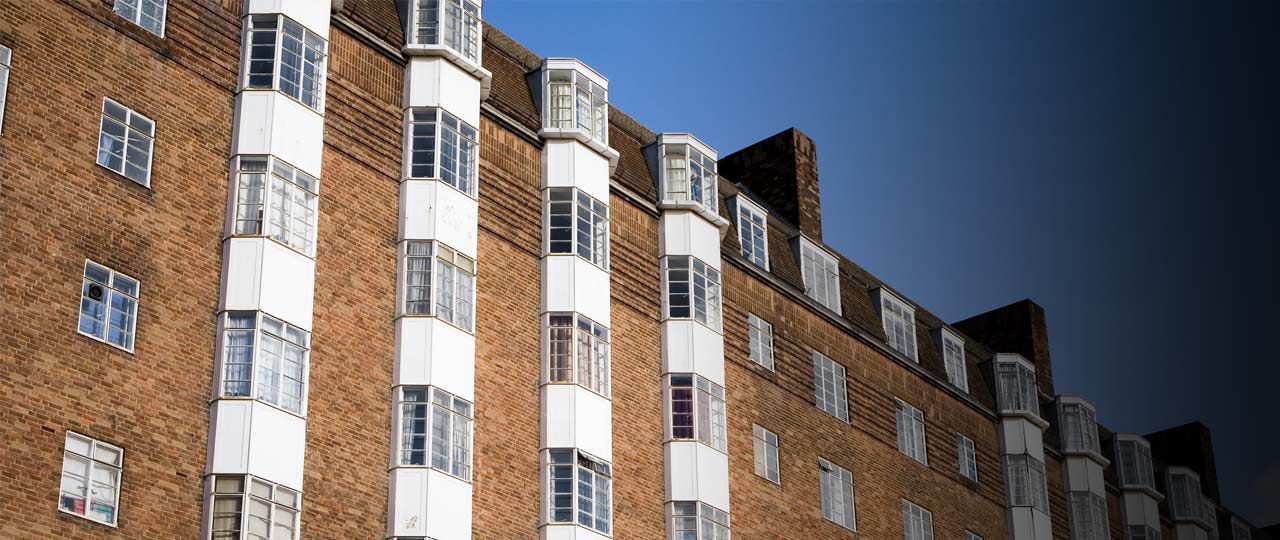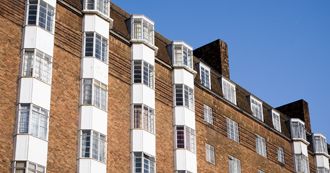
Sophisticated and striking, the Art Deco architectural movement continues to influence present-day buildings. Read on for insight into Art Deco building design and landscaping features.

Bold and architecturally fascinating, the Art Deco movement has had a lasting impact on the notion of building design the world over. Based on the ideas first proposed at the Exposition Internationale des Arts Décoratifs et Industriels Modernes in Paris in 1925, the style took influence from artists at the time and significant styles of the age. Despite coming to prominence nearly a century ago, this decorative style continues to intrigue.
Key features of Art Deco architecture
Though Art Deco encompassed many broadly modern styles, strong design features can be seen across the most famous examples. For example, geometric architectural designs taking influence from Cubism are likely the most recognisable facets of this style.
Houses in this style may feature angular archways, vertical patterns and soaring windows for maximum light. Striking Crittall window frames, with dark steel encompassing slimmer glass panes, are often used to stark effect. Mosaics and other decorative elements built with tile, wood and stone often form natural motifs or symmetrical designs.
Influence of Art Deco architecture
Art Deco homes were – and largely are – in the ownership of the lucky few, given that the scant examples of this style were built largely for corporate or public purposes. The Hoover Building in Perivale, Battersea Power Station in London, and Sunlight House in Manchester are all excellent examples of striking Art Deco design from the original period.
The influence of Art Deco is often seen in the incorporation of individual stylistic elements in more modern properties. The Savoy Hotel in London, though built in 1889, has kept some original Art Deco elements and created new ones in a similar vein.
Art Deco landscaping trends
Though the Art Deco period was light on prescribed garden design, its stylistic elements were often reflected in buildings’ landscaping. Plain lawns were often incorporated to keep the building as the focus of attention, with straight pathways that mimicked the structure’s strong lines.
Further afield in the United States, the Art Deco movement thrived, and with it, the gardens flourished. Curved patios and pools created interesting shapes for outdoor living spaces, with potted plants aplenty.
Art Deco garden features
Aside from well-kept lawns, geometric layouts of shrubs or hedges were common, often in concentric circles and complemented by water features. As for property boundaries, a low wall or shrubbery were often used to denote estate lines. Ironwork gates often can be seen on restored properties for the front entrance.
Examples of Art Deco gardens
Few examples of truly Art Deco gardens remain. However, there are restored gardens that echo their former glory.
National Trust property Standen House’s gardens have been carefully revived to reflect their original state. Designed by owner Margeret Beale in the 1920s, the garden originally featured outdoor rooms, ponds, rose garden and a walk lined with lime trees.
See our favourite Art Deco properties for sale or read our knowledge and research for more insight.
